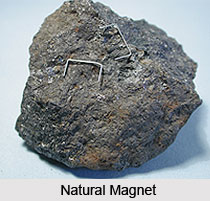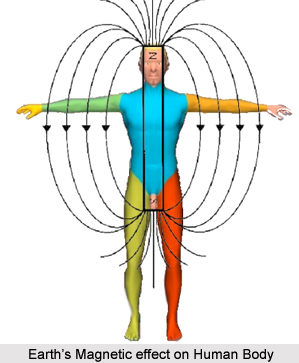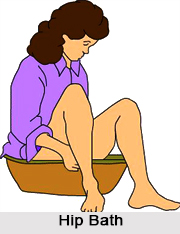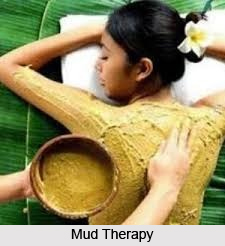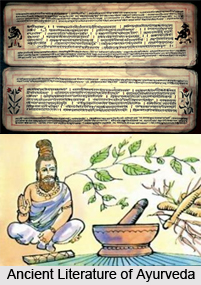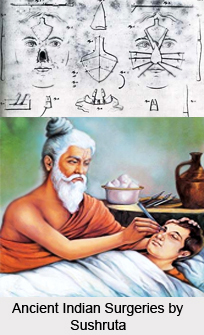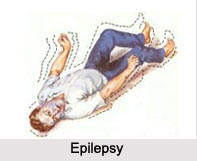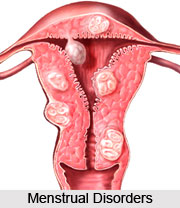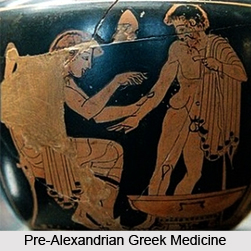 Hippocrates was an Asiatic by birth and had his medical education in Knidos in Asia Minor. So he had more of Indian medicine in his curriculum than the medicine of Greek mainland.
Hippocrates was an Asiatic by birth and had his medical education in Knidos in Asia Minor. So he had more of Indian medicine in his curriculum than the medicine of Greek mainland.
It is evident that among such a group of people as the Greeks, varying in state of civilisation, in mental power, in geographical and economic position and in general outlook, the practice of medicine could not have been uniform. Without any method of centralizing medical education and standardizing teaching there was a great variety of doctrines and of practice in vogue among them, and much of this was on a low level of folk custom. Such lower grade material of Greek origin has come down in abundance, though much of it is from a later time. But the overwhelming mass of earlier Greek medical literature sets forth for us a pure scientific effort to observe and to classify disease, to make generalizations from carefully collected data, to explain the origin of disease on rational grounds, and to apply remedies, when possible, on a reasoned basis.
There is ample evidence that the Greeks inherited, in common with many other people of Mediterranean and Asiatic origin, a whole system of magical or at least non-rational pharmacy and medicine from a remoter ancestry. Striking parallels can be drawn between these folk elements among the Greeks and the medical systems of the early Romans, as well as with the medicine of the Vedas, medicines of the ancient Egyptians, and of the earliest European barbarian writings. It is thus reasonable to suppose that these elements, when they appear in later Greek writings, represent more primitive folk elements working up, under the influence of social disintegration and consequent mental deterioration, through the upper strata of the literate Greek world.
Pre-Alexandrian Greek Medicines of Indian Origin
The first origins of Greek Medicine are scantily documented. Thus, as an instance, some prescriptions in the Ebers papyrus of the 18th dynasty, about the 16th century BC discovered at Thebes in 1872 resemble certain formulae in the Corpus Hippocraticum. A number of drugs too, habitually used by the Greeks such as, Andropogon (Bhustrina), Cardamom (Elaichi) and Sesame Orientalis (tila) are of Indian origin.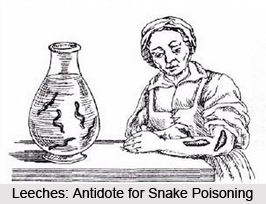
According to the earliest medical school of Cnidus, a Lacedaemonian colony in Asiatic Doris (ancient Turkey), its origin may perhaps reach back to the 7th century BC antedating the birth of Buddha in India and Hippocrates in Greece. The teachers of Cnidus were accustomed to collect systematically the phenomena of disease, of which they had produced a very complex classification. The physicians of Cos considered that the Cnidian physicians paid too much attention to the actual sensations of the patient and to the physical signs of the disease. The most important of the Cnidian doctrines were drawn up in a series of sentences of aphorisms, and these, it appears, inculcated a treatment along Egyptian lines of the symptom or at most the disease, rather than the patient, a statement borne out of the contents of the gynaecological works of probable Cnidian origin.
While the Indian system of medicine was at its zenith in the East, the Greeks were busy advancing medical knowledge in the West. As a result of unremitting diligence and prolonged experience, the Greeks had promoted the knowledge of "Materia Medica" through successive stages of development. Several useful and tested Ayurvedic drugs were included in Materia Medica, a Greek medical literature. Dioscorides (1st century AD) in his Herbal specifically states that the following plants among others were brought from India for medicinal purposes: Kardam (kardamomum), Nardostachys jatamansi (nardos), Kustha (kostos), Vacha (calamus acorus), Aguru (agallochon), Guggulu (bdellion) and Nil (indikon).
The Greeks, however, were not content with borrowing only the Indian drugs. They subjected some therapeutic measures, such as, application of leeches an antidote for snake poisoning that were prevalent in India to their own tests before they adopted it as useful therapy. Celsus (25 BC-50 AD) has given excellent account of lithotomy and cataract operation, as developed and practised by the ancient Hindus and described in the "Sushruta Samhita".
Related Articles
Primitive Medicinal Practices in India
Ancient History of India
Traditional Indian Medicines
Sushruta Samhita





